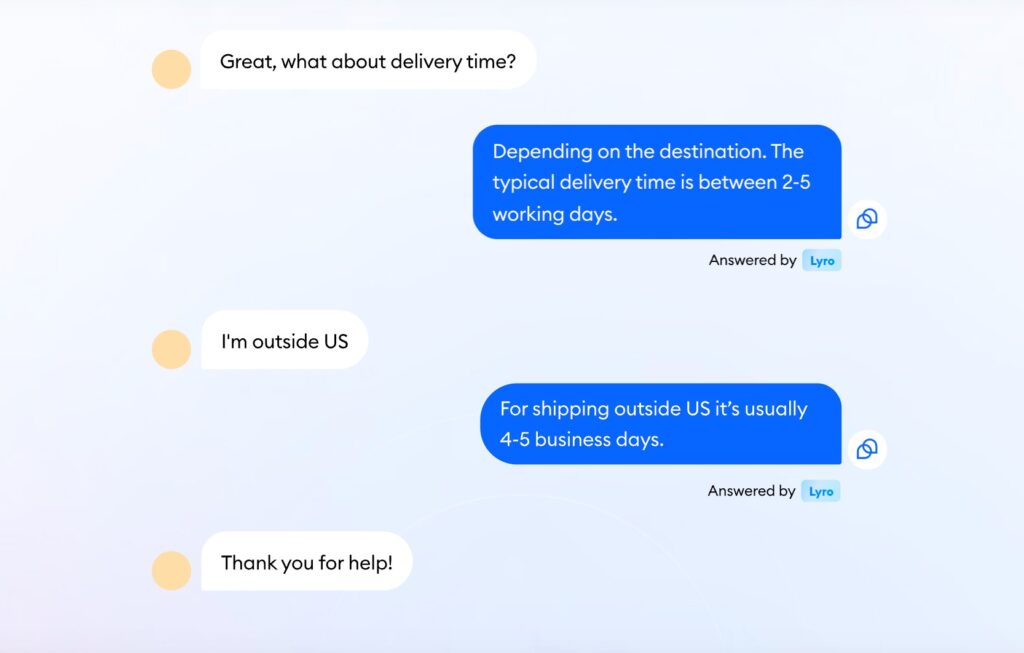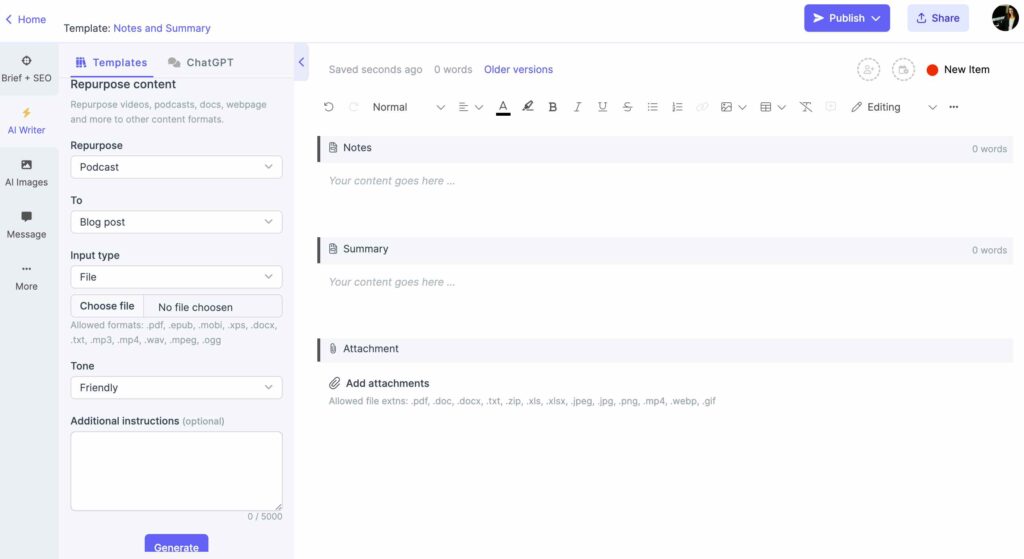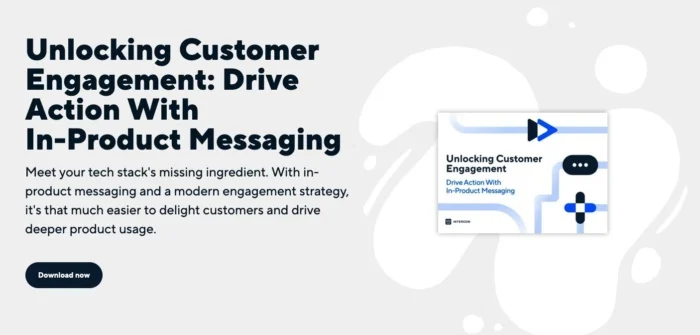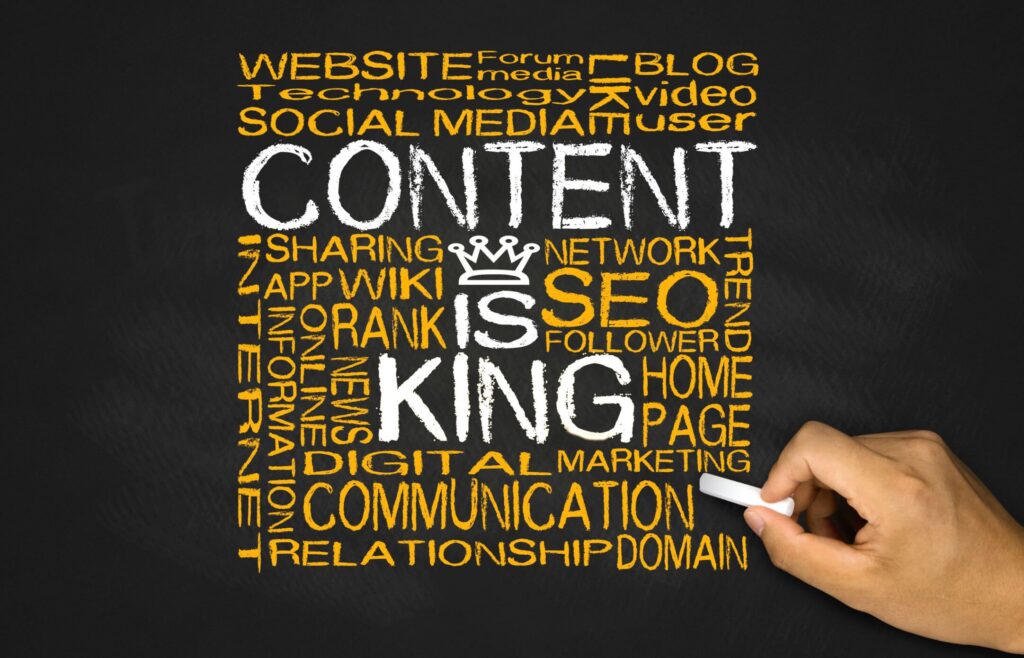Content marketing is a significant field, valued at $400 billion currently and expected to reach $900 billion by 2028.
On average, businesses allocate about 25-30 percent of their marketing funds to content marketing. It’s crucial to ace your strategy in this area. Staying updated with the latest trends in content marketing is vital to improving your approach, stay competitive, and expand your audience. What’s trending in 2024? Let’s find out.
What Is Content Marketing?
Why is content marketing so important?
- Businesses with blogs get 67% more leads compared to those that don’t.
- 67% of business-to-business (B2B) marketers believe B2B content marketing boosts engagement and leads.
- 88% of people say branded videos help them decide to buy something.
- Boost your online presence: A good content plan can draw in more customers and visitors to your website, especially when people are searching for answers. Providing useful info about topics they care about can help you get noticed online through your website or social media.
- Get you more leads: By using content marketing to bring in traffic, you can get more leads. Educating customers builds trust and makes them more likely to buy from you, helping you build relationships with potential buyers.
- Increase loyalty: Loyalty matters in business because loyal customers keep coming back. Providing helpful content helps customers trust your brand and see you as an expert.
- Build authority: Creating content is great for showing expertise and becoming a leader in your field. Not only does content build trust, it can establish your brand as the go-to expert on a topic.

How Content Marketing Works
Awareness phase
- A diner publishes an article discussing how to organize a menu for a graduation celebration during the spring season.
- A bicycle adventure company produces a brief video titled “Choosing the Right Bike Trip: 3 Easy Tips.”
- An architectural company develops a digital booklet named “Queries to Consider Before Selecting an Architect.
Consideration phase
- A phone service provider that operates through the cloud creates a guide called “8 Ways to Enhance Your Phone Customer Service,” outlining the features and functions essential for excellent customer service.
- A gardening company develops real-life stories about “Common Mistakes When Hiring a Gardener,” focusing on cases where errors occurred.
- A food catering business showcases success stories from events, emphasizing the advantages they bring, such as “Managing Food Allergies at Your Event” or “Promoting Sustainability in Catering Practices.
Closing Phase
- A consulting company produces a study demonstrating that businesses utilizing strategic planning, assessments from external sources, and other related services tailored to its offerings achieve greater growth.
- A design studio crafts brief videos exhibiting its portfolio across various sectors to illustrate its diverse capabilities.
- A dental practice invites patients to share their experiences through testimonials, highlighting the effectiveness of its modern equipment and excellent service.
How to get started with Content Marketing

Starting content marketing might seem like a lot, but it’s not as daunting as it appears. A content marketing strategy that works should be easy to handle and maintain. Follow these steps to begin:
Understanding your audience
Choose the appropriate formats
Decide how to distribute
Choose a manageable schedule
Follow best practices
Content Marketing Trends For the Year 2024!

In the realm of content marketing, one thing remains constant: the ever-changing trends. For marketers and businesses, falling behind these trends can be costly. But don’t worry! We’ve got you covered. To ensure you stay relevant in the digital landscape, we’ve sorted through the chatter to present you with some content marketing trends that will influence the industry in 2024 and beyond.
1. AI and automation are set to revolutionize content marketing further in the coming years.
2. AI's role in conversational marketing is set to become significant.

Lyro AI by Tidio exemplifies such a tool. This conversational AI chatbot assists customer service representatives by engaging with customers in a personalized manner. It extracts relevant information from your company’s knowledge base to swiftly address customer inquiries. When it encounters queries it can’t answer, Lyro seamlessly transfers the conversation to a human representative.
3. The need for podcasts is expected to increase in the future

4. Guides and eBooks

5. Video Content Marketing

6. Paid Ad Content Marketing


